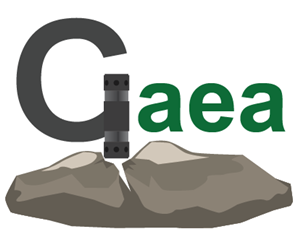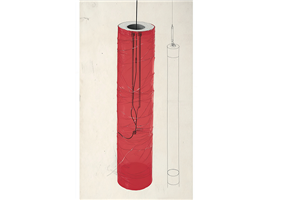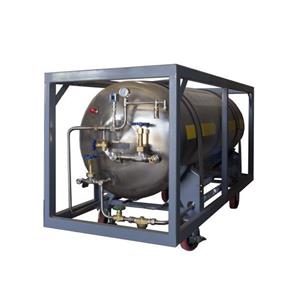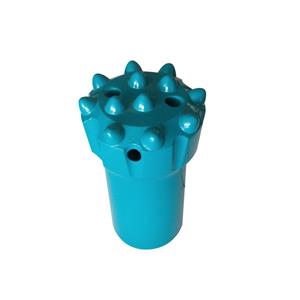Is CO2 Rock Blasting a Cost-Effective Choice for Tunnel Excavation?
Product Link:
Tunneling through rock is no small feat. You need a method that’s fast, safe, and doesn’t break the bank. Traditional blasting with explosives has been the go-to for years, but it’s loud, risky, and can get pricey when you factor in safety and cleanup. Enter CO2 rock blasting technology—a modern twist that uses carbon dioxide to crack rock without the fireworks. So, how does it stack up in terms of cost, efficiency, and environmental impact for tunnel excavation? Let’s dig in and find out why it might just be the smart pick.
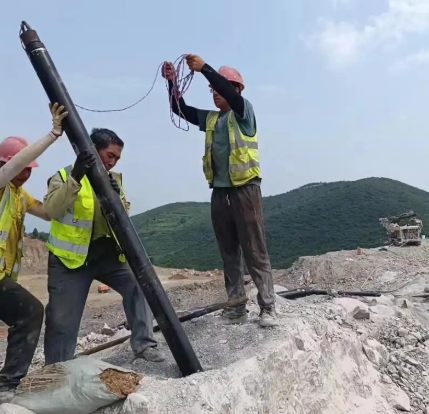
Breaking Down the Costs
When you’re weighing options for tunnel excavation, cost is a big deal. Here’s how CO2 rock blasting measures up across the board.
Upfront Equipment Costs
Buying CO2 blasting gear won’t drain your budget. Depending on the specs—like how powerful or fancy you need it—a full setup ranges from tens of thousands to a few hundred thousand yuan (Chinese currency). That’s mid-range compared to traditional blasting rigs, especially the high-end automated ones that cost a fortune. Plus, this equipment lasts for years if you take care of it, spreading that initial price tag over a long stretch. It’s like buying a reliable car—you pay once and ride it out.
Consumables: Gas and Tubes
The main stuff you’ll need to keep CO2 blasting going is the CO2 gas itself and some blasting tubes. Good news: CO2 is cheap and easy to get. We’re talking a few bucks to maybe ten or so per cubic meter. The tubes? They’re affordable to replace too. Compare that to explosives for traditional blasting, which can add up fast, and you’re looking at real savings over time. It’s a bit like choosing a coffee maker over daily café runs—small costs that don’t pile up.
Safety Savings
Here’s where CO2 really shines. Traditional blasting can be a gamble—explosives are tricky to control, and accidents happen. When they do, you’re stuck with injured workers, busted gear, and hefty payouts. CO2 blasting skips all that drama. It uses liquid CO2 that expands into gas to break rock—no flames, no bombs. That means fewer safety headaches and lower costs for managing risks or fixing messes. Think of it as opting for a sturdy ladder instead of a shaky one—less chance of a fall.
Easy Maintenance
CO2 gear is pretty straightforward—just a cracker and a filling device, no crazy electronics or moving parts. Keeping it running is a breeze: check the seals, peek at the pipes, swap out a worn piece now and then. That’s it. Compare that to the upkeep of traditional blasting setups, and you’re saving both time and money. It’s like maintaining a bike versus a sports car—simple wins.
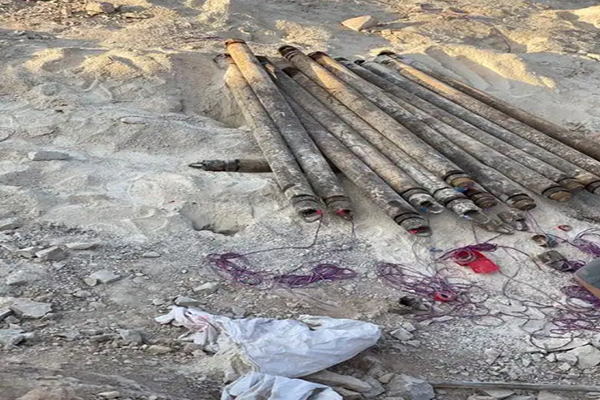
Efficiency: Getting the Job Done Fast
Cost isn’t everything—tunnels need to move forward quickly too. CO2 blasting doesn’t disappoint here either.
Speedy Blasting
This tech is fast. From the moment you flip the switch, it takes just seconds—sometimes tens of seconds—to crack the rock. In tunnels with medium-hard rock, you can chew through several meters a day, maybe even ten or more. That’s right up there with traditional blasting, sometimes even better. It’s like having a super-quick sous-chef in the kitchen—dinner’s ready before you know it.
Non-Stop Action
With CO2 blasting, you can keep the show rolling. As long as you’ve got gas and the gear’s humming, you can blast again and again without long breaks. Traditional methods? They need more prep and cooldown time between shots. Less waiting means shorter project timelines—think of it like streaming a movie versus waiting for commercial breaks.
Works Anywhere
Whether the rock’s soft or a bit tougher, CO2 blasting adapts. You tweak the gas amount or how you set up the tubes, and it handles the job. No need to swap gear or rethink your whole plan when the geology shifts. It’s like having a Swiss Army knife—ready for whatever comes up.
Environmental Perks: Cleaner and Quieter
Tunneling isn’t just about cost and speed—how it affects the air, noise, and folks nearby matters too.
Less Dust
Traditional blasting kicks up a dust storm, choking the site and forcing you to spend extra on cleanup. CO2 blasting keeps it way cleaner—less dust means healthier workers and lower bills for dust control. It’s like sweeping the floor once instead of every hour.
Quieter Operation
Noise is a huge headache with old-school blasting—loud enough to rattle windows and upset neighbors. CO2 blasting tones it down, clocking in at a few tens to maybe a hundred decibels. That’s a lot easier on everyone around, cutting down on complaints and potential payouts. Imagine swapping a jackhammer for a soft hum—same job, less fuss.
Real-World Proof: A Highway Tunnel Story
Let’s tie this to something real. Remember that highway project from earlier? A 130-meter stretch of rock near a busy road, too close for explosives—only 4 meters away! CO2 blasting stepped in and nailed it. The team saved cash on safety and consumables, blasted fast with no downtime, and kept dust and noise low so the highway stayed happy. It’s a solid example of how this tech delivers in tough spots.
The Bottom Line
So, is CO2 rock blasting technology worth it for tunnel excavation? You bet. It’s got moderate upfront costs, cheap supplies, and big safety savings. It blasts fast, keeps going without a hitch, and adapts to whatever rock you throw at it. Plus, it’s kinder to the environment—less dust, less noise, fewer headaches. Whether you’re tunneling under a mountain or near a town, this method offers bang for your buck without the actual bang. It’s a practical, forward-thinking choice that’s hard to beat.
